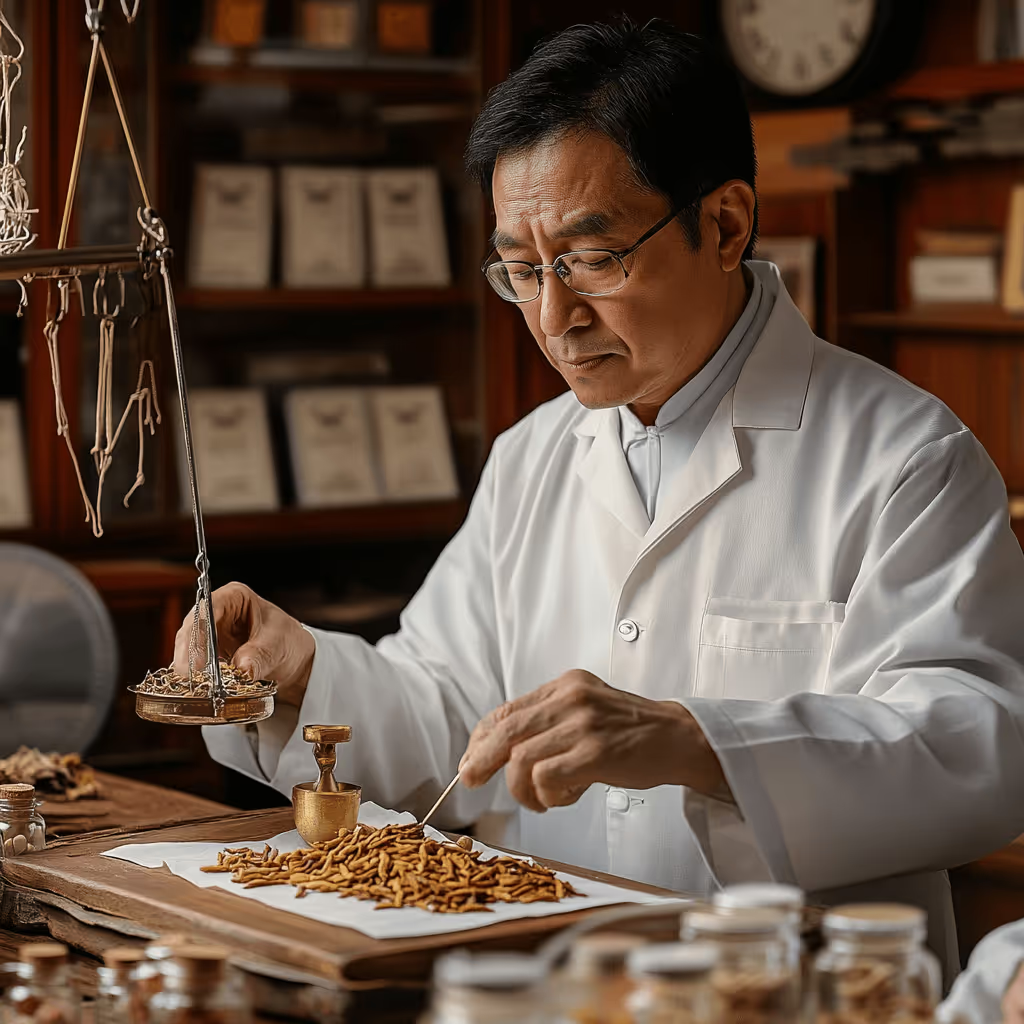February 5, 2025

Traditional Chinese Medicine (TCM) has become a major part of healthcare in ASEAN, blending centuries-old practices with modern regulatory frameworks. Countries such as Malaysia, Indonesia, Singapore, and Thailand have seen a surge in demand for TCM, fueled by strong cultural ties with China, increasing public interest in alternative medicine, and government initiatives to integrate traditional practices into national healthcare systems.
The growth of TCM is reflected in trade, education, and professional recognition. In ASEAN, China accounts for a significant portion of TCM imports, and many countries are working on standardizing traditional medicine education. While modern healthcare remains dominant, the acceptance of acupuncture, herbal remedies, and holistic treatments is expanding beyond niche markets and into formalized medical institutions (Source).
As TCM gains popularity in ASEAN, governments are working to create standardized training and certification programs to ensure safe and effective treatment. Indonesia has introduced structured education pathways for TCM practitioners, requiring students to complete training in herbal medicine, acupuncture, and other therapies before certification. The curriculum focuses on hands-on practice and traditional diagnostic methods, with an emphasis on integrating Chinese medical theories with local healing traditions. In Malaysia and Thailand, similar efforts are underway to formalize TCM licensing and provide clearer guidelines for practice (Source).
Despite these advancements, TCM education in ASEAN differs from China’s system. While Chinese universities incorporate modern diagnostic tools and laboratory-based approaches, many ASEAN countries prioritize traditional techniques such as pulse diagnosis, herbal formulations, and acupuncture. In some regions, TCM practitioners are restricted from performing certain medical procedures that require conventional clinical training, ensuring that traditional practices complement rather than replace Western medicine (Source).
To integrate TCM into national healthcare systems, ASEAN governments are establishing legal frameworks to regulate practice and ensure safety standards. In Thailand, the Thai Traditional Medical Council oversees TCM practitioners, setting competency requirements and licensing exams. Singapore has introduced strict regulations for herbal medicine sales and acupuncture treatments, ensuring that only qualified professionals can practice legally. In Malaysia, the government has included TCM under its Ministry of Health framework, allowing traditional treatments to be used alongside conventional medicine in hospitals and clinics (Source).
The influence of TCM extends beyond medicine and into economic and cultural exchanges between ASEAN countries and China. The China-ASEAN Forum on Traditional Medicine has helped strengthen trade agreements and research collaborations, leading to the establishment of specialized TCM research centers in Southeast Asia. During the COVID-19 pandemic, China provided TCM products to ASEAN countries, contributing to discussions on the role of herbal medicine in pandemic response strategies.
TCM is also shaping public health trends in ASEAN, with more people seeking natural and preventive treatments. Clinics offering herbal therapy, acupuncture, and cupping therapy are increasingly popular, and wellness tourism centered on TCM is emerging in countries such as Thailand and Malaysia. As ASEAN populations continue to explore alternative medicine, the demand for TCM is expected to grow further (Source).
Despite its rising popularity, TCM still faces challenges in ASEAN, including variations in regulatory frameworks, concerns over treatment effectiveness, and the need for more clinical research. However, continued efforts to standardize education, enforce regulations, and integrate TCM into national healthcare policies will likely strengthen its role in Southeast Asia’s medical landscape.
As ASEAN countries balance modern medicine with traditional healing systems, TCM is poised to remain a valuable part of healthcare, bridging historical practices with contemporary medical advancements. The growing acceptance of holistic treatment, coupled with government support, ensures that TCM will continue to evolve as a recognized and regulated medical practice across the region.
Join our weekly digest and be the first one to know about new articles.